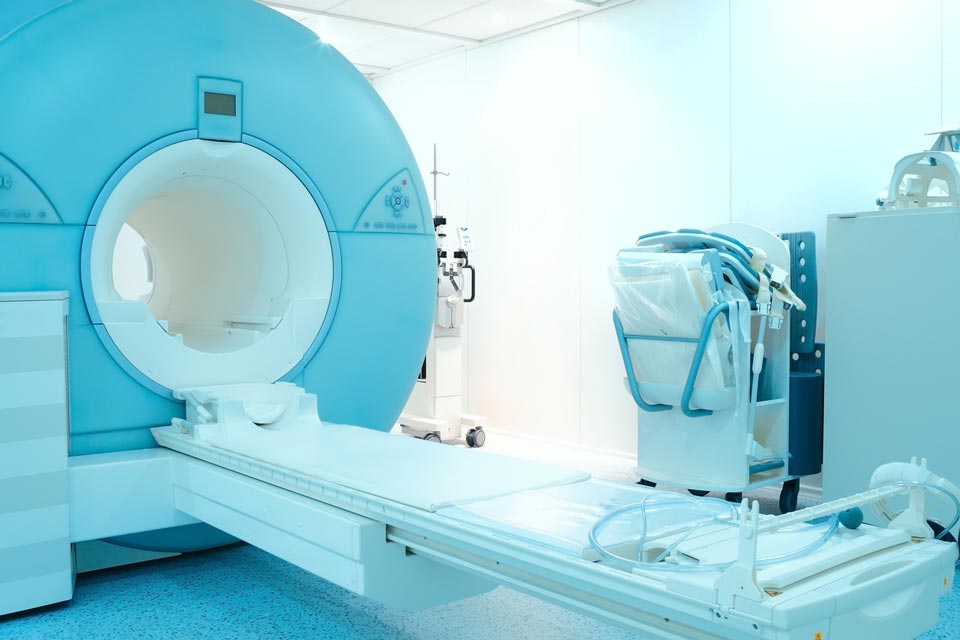Cat CAT Scans

CAT, or computed axial tomography, scans are sometimes also called CT scans. They're used in veterinarian medicine to obtain specialized, detailed images of internal body structures.
When Are CT Scans Used for Cats?
A veterinarian might recommend a CT scan for your cat on one of the following body parts:
- Head
- Chest
- Joints
- Internal organs
Most of the time, when a CT scan is recommended, a veterinarian is looking for a tumor, abscess, or to gain more information on a bone fracture or joint condition. Often, plain x-rays have been taken or an ultrasound has been done but has not shown the problem or more detail is required than those imaging techniques can deliver.
What Is CT and How Is It Performed on Cats?
CT scan is x-ray technology. However, instead of one picture, which is what is obtained during a plain x-ray, CT obtains a large number of x-ray images of a structure from a number of angles and a computer analyzes these and creates more detailed pictures of that structure. The images are shown as a series, which are cross-sectional slices of the structure.
Cats need to be under anesthesia to have a CT scan done because they must be still and a human can't be in the machine to restrain them. CT scans are over quickly, so anesthesia usually isn't required for too long. The anesthetized cat is placed on a rolling table that carries the cat into the CT scanner, which looks like a donut standing on end.
Staff members monitor the pet's condition through the use of machines that report blood pressure, oxygen saturation, temperature, and heart rate readings, and the procedure can be stopped so someone can help if the cat experiences any difficulties.
Sometimes a special dye is injected into the cat to improve the visibility of certain body structures on the CT images.
CT scans are performed at specialty veterinary clinics and veterinary colleges.
Safety of CT Scans in Cats
CT is considered a safe, non-invasive procedure for cats. It does utilize radiation, but when done infrequently, the amounts are not considered dangerous.
CT is more expensive than x-ray because of the specialized equipment, the need for anesthetic, and the expertise level of the specialist who interprets the test's results.
You May Also Like These Articles:
MRI in Cats: What Is It and Why Might Your Cat Need It?
X-Rays in Cats: What They Can Tell Your Vet
Fine Needle Aspiration: FNA in Cats
Common Blood Tests Done on Cats
Causes of Unexplained Weight Loss in Cats



